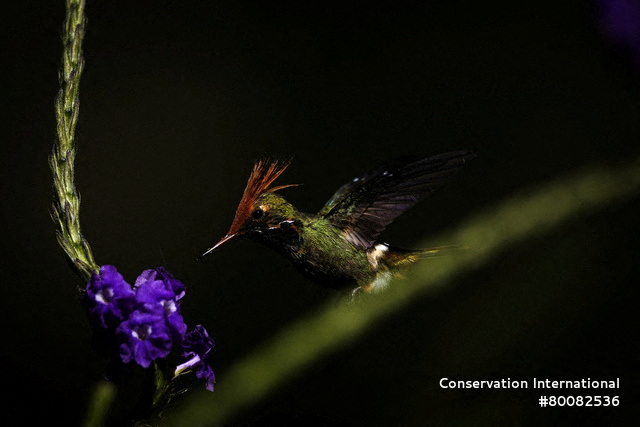Expedition Uncovers 27 New Species in Peru’s Amazon
An “amphibious mouse” with partially webbed feet that preys on aquatic insects is among 27 new species discovered during a 2022 expedition in Peru’s Amazon, according to Conservation International. This remarkable discovery highlights the ecological richness of Alto Mayo, a protected area in the region.

Incredible Discoveries in Alto Mayo
The expedition, led by Conservation International’s Rapid Assessment Program, revealed a variety of new species. Among them are the amphibious mouse, a spiny mouse with stiff fur, a dwarf squirrel just 14 cm long, eight types of fish, three amphibians, and 10 butterflies. Trond Larsen, who heads the programme, emphasised the significance of finding so many new species in a landscape influenced by human activity.
“Discovering so many new species of mammals and vertebrates is truly incredible,” Larsen said, highlighting the diverse ecosystems and Indigenous knowledge of Alto Mayo.

Indigenous Knowledge and Collaboration
The 38-day expedition, conducted between June and July 2022, involved 13 scientists, local technicians, and members of Indigenous groups, particularly the Awajún people. Their extensive traditional knowledge about the forests, plants, and animals played a crucial role in the findings.
“It was fantastic to work so closely with the Awajún people,” Larsen said. He noted the dwarf squirrel, with its chestnut-brown fur and quick movements, as one of the expedition’s most charming discoveries. Another standout was the blob-headed fish, a type of armored catfish.
Conservation Urgency
The expedition documented 2,046 species in total, using tools like camera traps, bioacoustic sensors, and DNA sampling. Among them, 49 species are classified as threatened, including the yellow-tailed woolly monkey and the tree monkey.
The findings underline the importance of protecting Alto Mayo. Larsen stressed the need for urgent action, warning that without conservation efforts, many of these species could face extinction in the future.
With inputs from Reuters





